News
Creeping Thyme seed
A small semi-shrub of the genus thyme having a short, slender, burr, dark green, hollow cylinder; Leaves are large, opposite, pale green oval, smooth and hairless; The flowers are small, purple polygon, the corolla is deep purple; The seeds are small, dark brown, and the epidermis is hard. Flowering from June to July; Fruit season July - August. The name thyme originates from Greece because the plant is aromatic and has an elegant, rich musky aroma.
Thyme is native to the Mediterranean area, distributed in Gansu, Shaanxi, Inner Mongolia and other places in China, mostly in Rocky Mountains, slopes, valleys, mountain gullies, roadside and weeds. Thyme is cold, drought, barren, disease and insect resistant, likes warm, light and dry environment, does not require high soil, and grows well in well-drained calcareous soil. The propagation methods of thyme mainly include cutting propagation and sowing propagation, and sowing propagation is relatively simple in practical life.
"Compendium of Materia Medica" records that thyme has the effect of expels wind and dissolving surface, acting qi and relieving pain, and is used to treat diseases such as cold, toothache, indigestion, acute gastroenteritis, and hypertension. Thyme is very suitable for cooking, when baked in sauces, soups, stews and other ingredients, you can taste the unique aroma and rich layers of flavor. Thyme leaves luxuriant, strong covering, can be arranged rock garden, courtyard, can also be used as flower border border material. Thyme is very effective for relieving stress and relieving fatigue, can purify the air, and can extract essential oils, which has good economic value.
History of botany
The name thyme originates from Greece because the plant is aromatic and has an elegant, rich musky aroma.
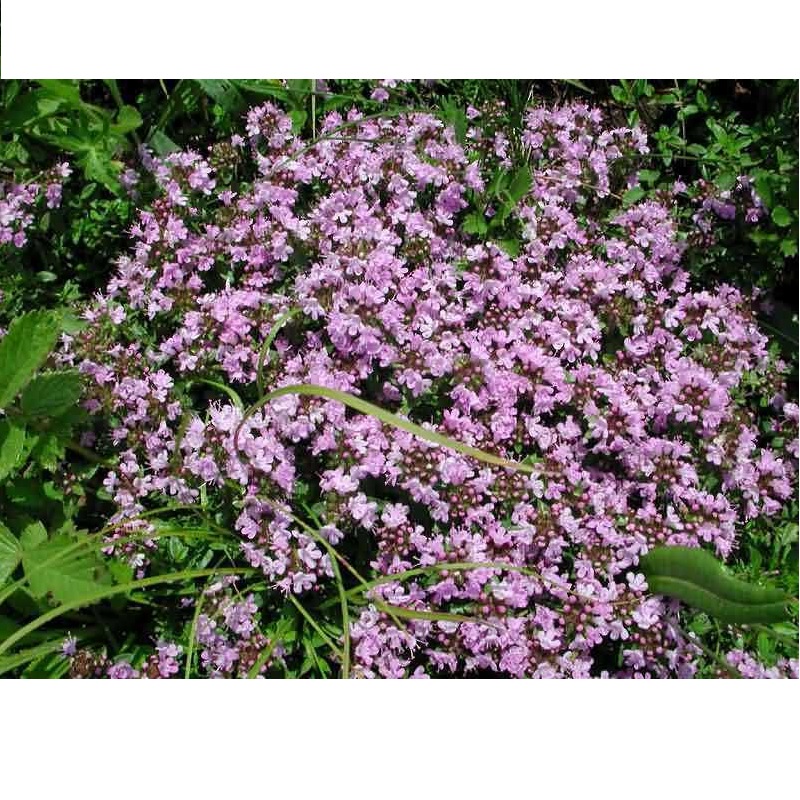
Morphological characteristics
Semi-shrub. Stems numerous, creeping or ascending; Sterile branch emanating from end or base of stem, creeping or ascending, pubescent; Flower branches tall (1.5) 2-10 cm, densely puberulent under inflorescence
curved downward or slightly spreading, lower hairs shorter and sparsely, with 2-4 pairs of leaves, base with decaying protuberant leaves.
Leaves oval, 4-10 mm long, 2-4.5 mm wide, apex obtuse or slightly acute, base cuneate or attenuate, entire margin or rare 1-2 serrate, glabrous on both sides, lateral veins 2-3 pairs, slightly raised below, glandular
points more or less conspicuous, petiole conspicuous, petiole about 1/2 long on the lower part of the leaf, shorter on the upper part; Bracts homomorphous to leaves, margin marginal on lower 1/3 ciliate.
Inflorescence capitulate, flowered or sparsely flowered, flowers with short peduncle. Calyx tubular bell-shaped or narrowly bell-shaped, 4-4.5 mm long, underside sparsely hairy, upper part nearly glabrous, lower lip
longer than or equal to upper lip, upper lip teeth short, teeth not exceeding 1/3 of the total length of upper lip, triangular, marginal or glabrous. Corolla purplish red, purple or lilac, pink, 6.5-8 mm long, pubescent,
elongated crown tube, 4-5 mm long, slightly larger upward.
Nuts subround or oval, flattened, smooth. Flowering July - August.
Habitat of origin
Distributed in Gansu, Shaanxi, Qinghai, Shanxi, Hebei, Inner Mongolia and other places in China.
Like warm, light and dry environment, the soil requirements are not high, but it grows well in well-drained calcareous soil. Loose and well-drained ground, sunny. It is found in Rocky Mountains, slopes, valleys, gullies,
roadsides and weeds at elevations of 1100-3600 meters.
Propagation method
The propagation methods of thyme mainly include seed propagation, cutting propagation and branch propagation.
sow
Spring from March to April sowing seedlings. Since thyme seeds are small, the seedling ground must be carefully prepared, the soil should be finely broken and flat, and then slightly suppressed, watered and spread,
and then covered with a thin layer of fine soil, and a small arch cover plastic film to keep warm and moisturize. After 10-12 days of emergence, the film was exposed in time at temperature. Care should be taken to keep
the soil moist and weed removed during the seedling period. When the seedling height is 10-15 cm, it can be directly planted in the field according to the row and the plant distance (30-45) cm × (25-30) cm, and watered
after planting.
cutting
Cutting method is easy to root and easy to reproduce. In order to achieve consistent quality in mass production, 3-5 sections of about 5cm long plant strips with top buds are cut. Although the cuttings of branches without top buds or branches that have been lignified can survive, the root rate is slow and the root group is small. When cutting should be inserted in the diameter of 2cm paper tube seedling tray, easy to transplant after survival. The layering and dividing method makes the branches touch the ground and automatically grow the roots, and the direct cutting is an independent plant, which is more suitable for home gardening growers.
branching
Select plants that are more than 3 years old, dig out the mother plants with roots when they have not germinated in late March or early April, and then divide them into 4-6 parts according to the size of the cluster, and each cluster should ensure that there are 4-5 buds. In addition, there is the cluster breeding method. During growth, the stolons are cut and transplanted.
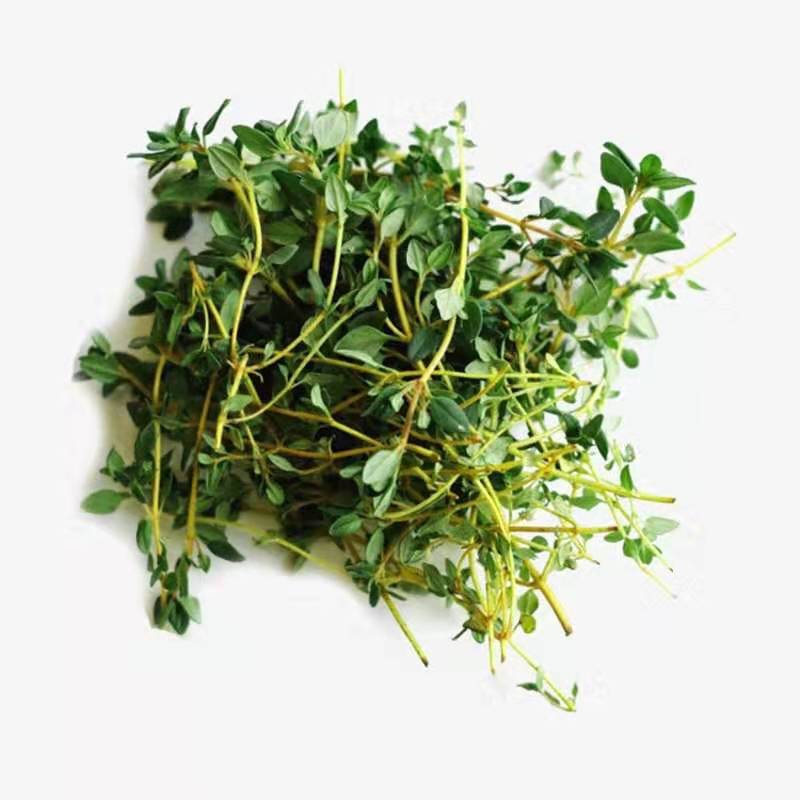
Cultivation technique
Cultivation method
In terms of cultivation media, thyme has low requirements for soil quality, but its thick leaves and fleshy characteristics make it intolerant to moisture and require a well-drained medium, so if peat soil is used as a cultivation material, about 20% of the medium components that are easy to drain should be added. Watering is the same, would rather be a little dry and then watering, do not always be wet, otherwise the root can not extend well to play the function; If the medium is always wet, the ventilation will be poor. The growth rate of thyme is slow, and it does not need too much fertilizer. If peat is used as the medium, about 5%-10% of the decomposed organic fertilizer can be added. When the plant grows up, the branches are cut and used. When the new bud begins to grow, 10-15 days as appropriate watering dilution 1000 times of liquid fertilizer, summer plant growth weak, fertilization is easy to lead to plant rashy root death, so the summer should stop fertilization, and put in a cool place for the summer.
Field management
Water immediately after planting, and pay attention to keep the soil moist until the seedlings are slow. The growth period can be watered 1 times a month, and the soil should be tilled in time, and the rainy season should pay attention to drainage. Combined with watering, urea can be applied 1-2 times according to the growth situation, and the amount of each mu is about 5 kg. After pouring winter water before winter, cultivate dried and decomposed manure, and cultivate soil to facilitate winter.
If you have demands of this seeds, please contact us freely.
Categories
Contact Us
- +86-18055849900
- +86-18055849900
- admin@high-key.cn
- +86-18055849900
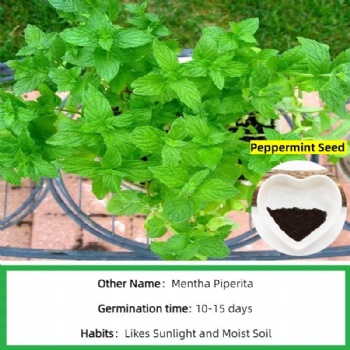
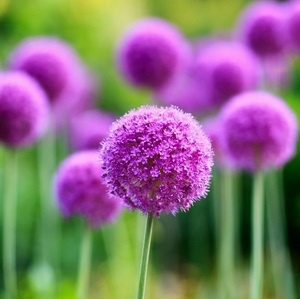
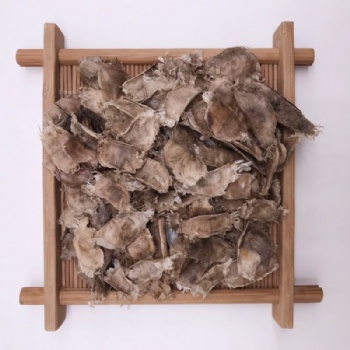
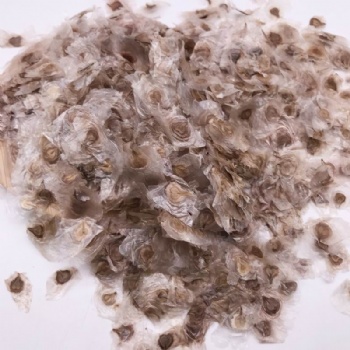
 售前客服
售前客服
